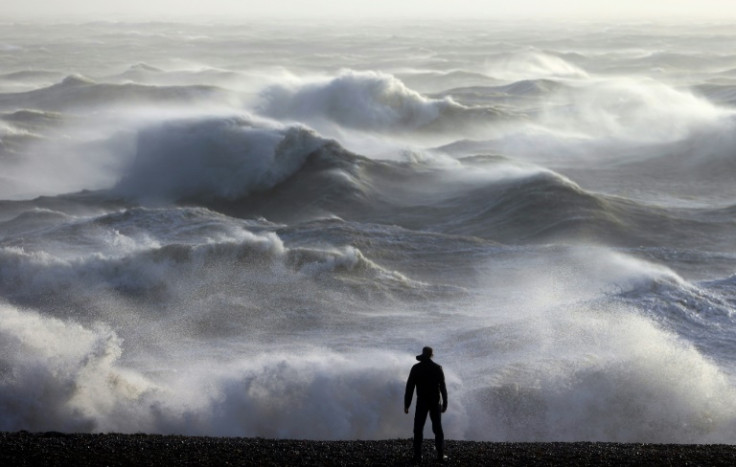US Faces Weather Extremes With Tornado Threats, Sierra Snowstorms

Millions of Americans are in for a weather roller coaster this week, with a transition from spring and summerlike warmth to a bitter return of winter temperatures by the end of the month.
On Monday, a rapid pace of daily, monthly, and seasonal record highs was witnessed across the country, extending from the Canadian border to the Gulf Coast. Over 100 daily record highs and more than 30 monthly records were shattered in the warmth, NBC news reported.
Tuesday is poised to bring an additional surge of warmth, with 50 to 80 potential daily record highs from the Great Lakes to the Gulf Coast and into the Northeast. Temperatures will soar 15 to 35 degrees above average, reaching up to 40 degrees above average in isolated locations.
However, the warm trend takes a dramatic turn on Wednesday as a powerful cold front sweeps across the nation, ushering in bitter cold temperatures. The Upper Midwest and Plains will experience a 25 to 50-degree drop in high temperatures compared to Tuesday. For instance, Chicago's mid-70s highs will plummet to wind chills in the teens and single digits by Wednesday morning. Dallas, after hitting the mid-90s, will see a high of just 55 degrees.
The temperature roller coaster continues, with a potential return of record warmth on Saturday, especially across the Midwest and Great Lakes. Simultaneously, a powerful cold front poses a risk of severe thunderstorms, including destructive hail and nocturnal tornadoes, in the Midwest and Great Lakes on Tuesday.
A staggering 40 million people are under the threat of severe storms from Missouri to Michigan, with cities like Chicago, St. Louis, Indianapolis, Detroit, Cleveland, Cincinnati, and Louisville on high alert. Uncommon for February, there is a risk of tornadoes and large hail in this region, a report by Yahoo News said.
Forecasters caution that the severe thunderstorm setup is complex, with uncertainties in the overlapping of necessary ingredients like warmth, moisture, and wind shear. Record-setting temperatures for late February will fuel the storm system.
On Wednesday, as the storm system moves eastward, heavy rain and wind are expected to affect the East Coast, potentially causing travel delays. Behind the system, as temperatures sharply drop, some areas may experience snow squalls Wednesday night into Thursday morning, particularly in and around the Great Lakes region.
For California, as the current storm system exits by late Wednesday, a new Pacific storm is expected to bring substantial snowfall to the Sierra, with the potential for 5 to 12 feet of snow from Thursday night to Sunday morning. This could be the Sierra's most significant snowstorm of the season, addressing the current snowfall deficit, but also posing risks of dangerous travel conditions and stress to infrastructure due to intense snowfall at times.
© Copyright IBTimes 2024. All rights reserved.












